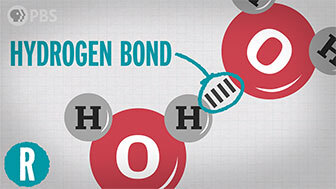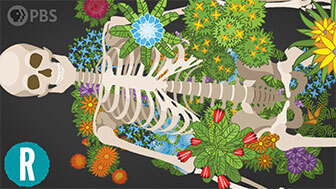Learn more about Hack the Moon at https://wehackthemoon.com.
Every winter thousands of tourists head north hoping to catch a glimpse the luminous auroras dancing in the sky. In this episode of Reactions, we’re sharing tips on how to increase your chances of seeing one and breaking down the chemistry behind the colors of this awe-inspiring wonder.
Sources:
- Glowing Gases - Aurorae
- Ionosphere Constituents
- Learn more about Earth Core
- AuroraSaurus
- Why Do the Northern and Southern Lights Differ?
- Asymmetric auroral intensities in the Earth’s Northern and Southern hemispheres
- Aurora Forecast
- Origin of 'theta aurora'—long-standing space mystery—revealed
- Earth’s magnetic field is acting up and geologists don’t know why
- Colors of the Aurora
- Northern lights moving south, study shows
- Why NASA Is Exploring The Edge Of Our Planet's Atmosphere
- Space Weather Conditions
- A quarter of a century with the auroral oval
- A Coronal Mass Ejection strikes the Earth.ogv
- NASA - Magnetic Reconnection
- THE GREAT AURORA OF 1859.
- The Colors of the Aurora
- What is an aurora? - Michael Molina
- Excited atoms produce light
- What is the aurora?
- WHY is green the most common color for an aurora?









